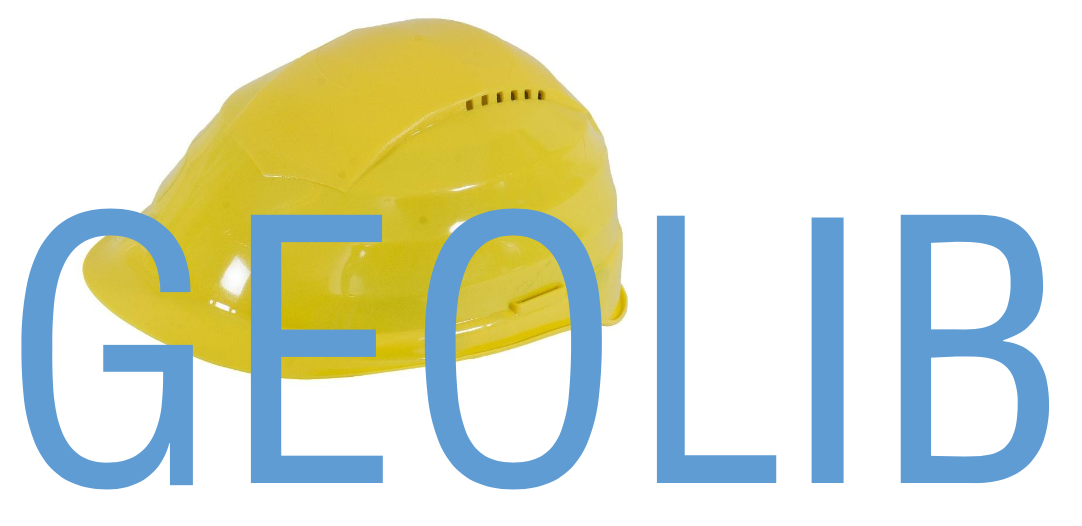geolib.geometry.one¶
For all geometries and locations we try to use a single Point class.
In 1D applications it’s only used to specify, for example height, other fields left None.
For profiles used in 1D applications, see ProfileLayer
Classes
|
A single Point Class. |
- class geolib.geometry.one.Point(**data)¶
A single Point Class.
- Parameters:
data (
Any)
-
id:
Optional[int]¶
-
label:
Optional[str]¶
- model_config: ClassVar[ConfigDict] = {'arbitrary_types_allowed': True, 'extra': 'forbid', 'ser_json_inf_nan': 'constants', 'validate_assignment': True, 'validate_default': True}¶
Configuration for the model, should be a dictionary conforming to [ConfigDict][pydantic.config.ConfigDict].
-
tolerance:
float¶
-
x:
float¶
-
y:
float¶
-
z:
float¶
